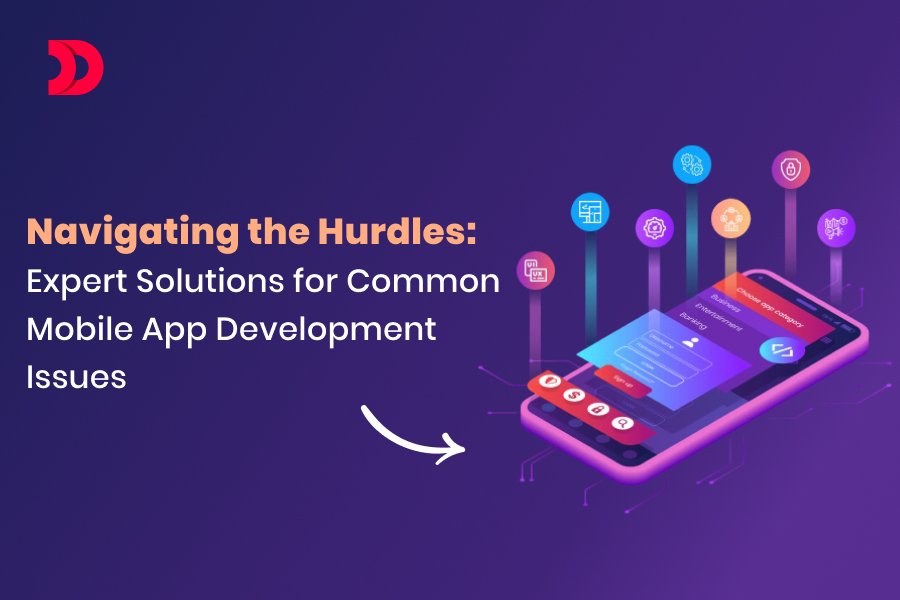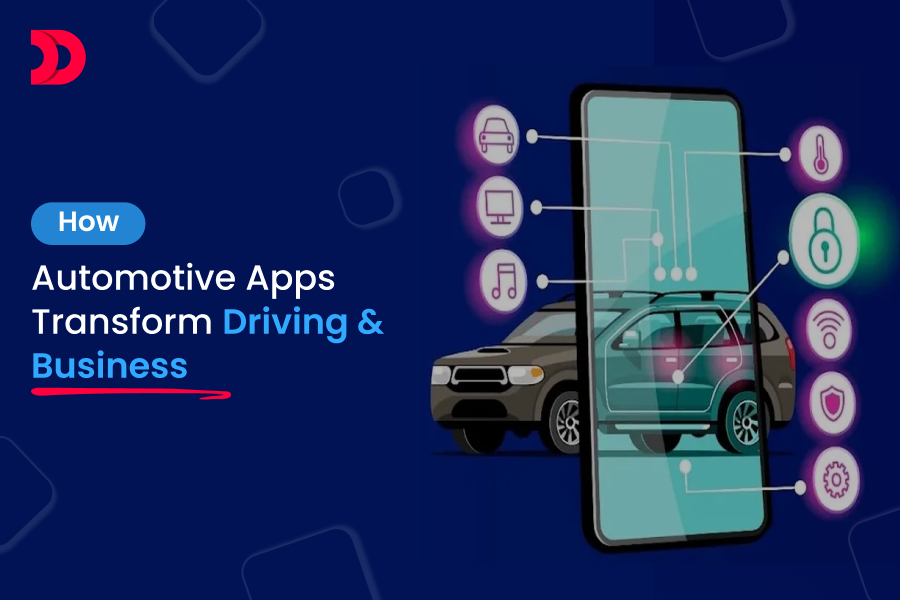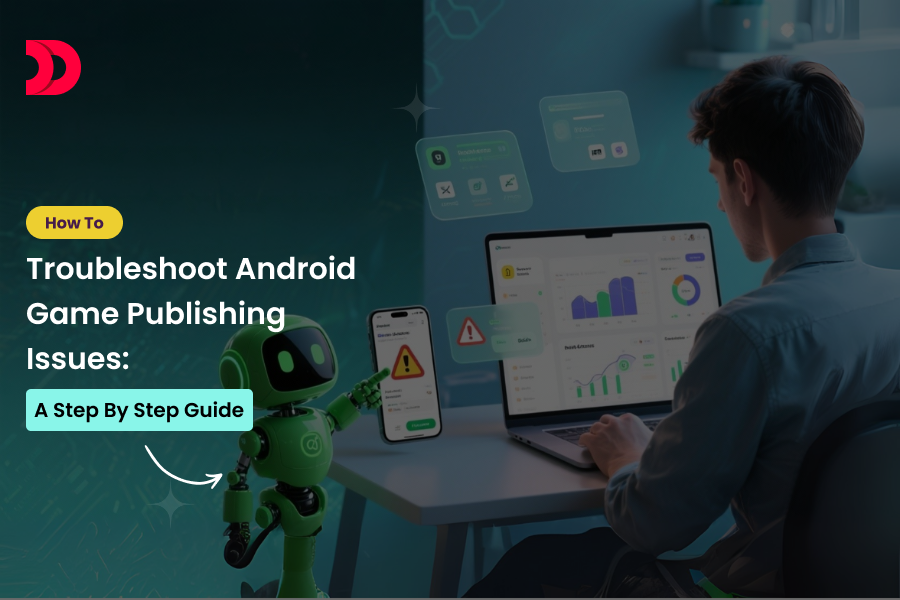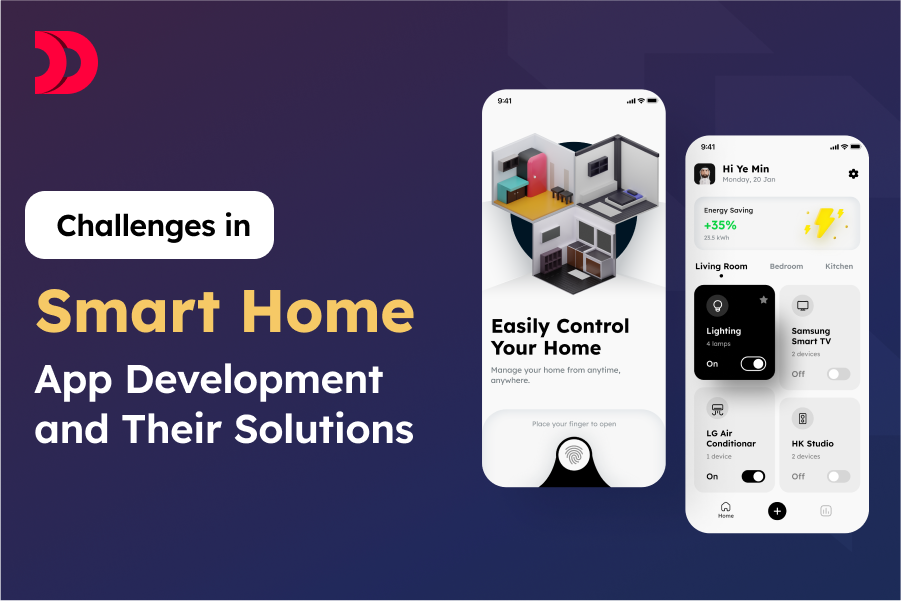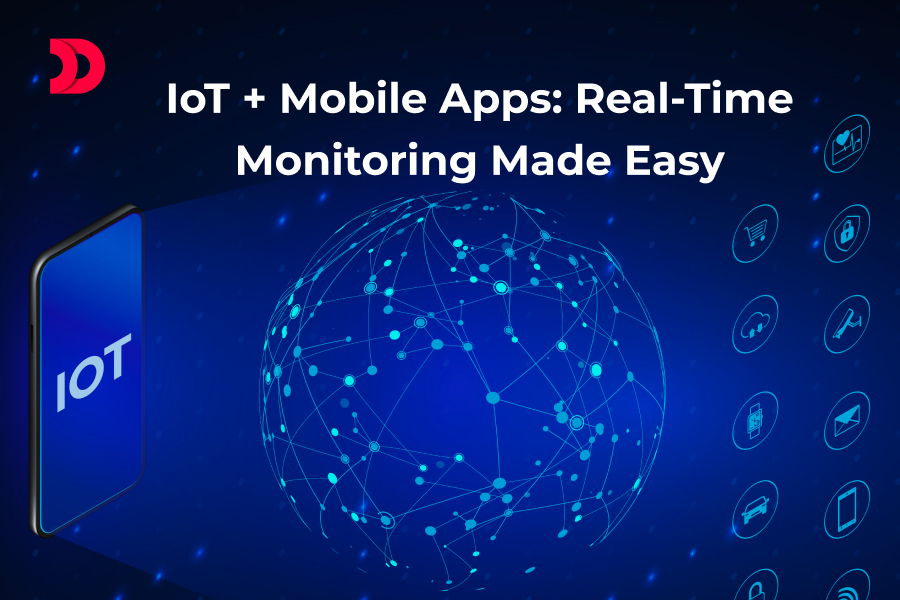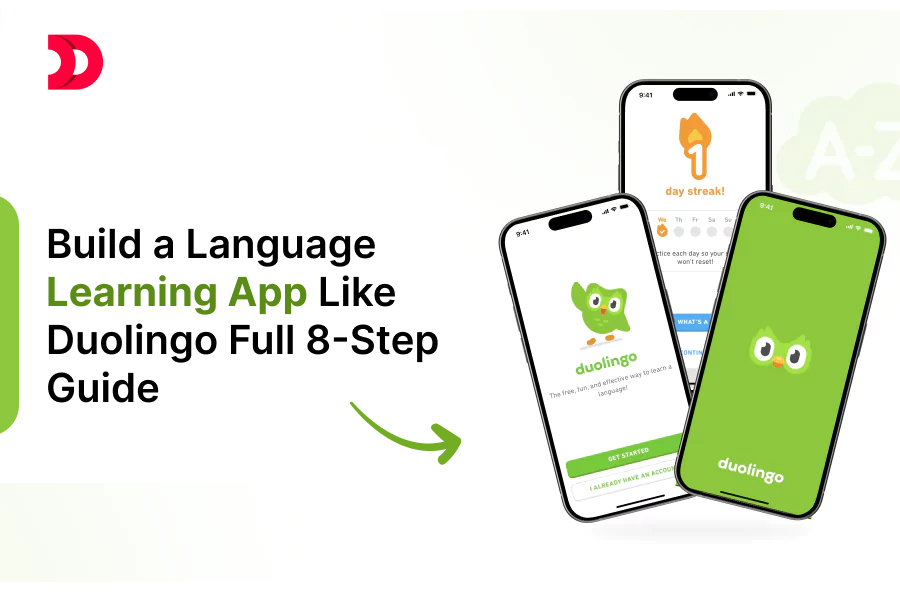Mobile app development in 2025 presents a lucrative opportunity for businesses to connect with their audience and streamline operations. However, the journey from concept to a successful app launch is often fraught with mobile app development challenges. From the complexities of cross-platform development and ensuring optimal app performance to navigating stringent app store approval processes and prioritizing mobile app security, developers and businesses face numerous hurdles. This comprehensive guide delves into the most common mobile app development challenges that businesses encounter when building impactful mobile applications. We provide practical solutions and actionable insights, empowering you to overcome these obstacles, streamline your development process, and ultimately launch a successful and user-friendly mobile app that drives business growth. Feeling overwhelmed by these challenges? Let’s discuss how expert guidance can simplify your app development journey.
Understanding and Overcoming Key Mobile App Development Challenges
1. The Maze of Mobile Platform Fragmentation
One of the initial and persistent mobile app development challenges is the diverse landscape of mobile platforms. With the dominance of iOS app development and the vast ecosystem of Android app development, ensuring seamless compatibility across various devices, screen sizes, and operating system versions can feel like navigating a maze. The open nature of Android, in particular, leads to significant Android device fragmentation, posing optimization complexities.
Solution:
- Leveraging Cross-Platform App Development: Explore the power of cross-platform mobile development frameworks like Flutter development, React Native development, and Xamarin development. These technologies enable you to build applications with a single codebase that can be deployed on both iOS and Android, significantly reducing development time and costs. However, understand the nuances and choose the framework that best aligns with your project requirements.
- Strategic Device Prioritization & Testing: Implement a strategic approach by prioritizing testing on the most popular mobile devices and operating system versions prevalent in the US & Canada. Utilize device analytics to understand your target audience’s preferences and focus your testing efforts accordingly. Consider using mobile app testing services for comprehensive coverage.
- Embracing Responsive and Adaptive Design: Adopt responsive design principles and implement adaptive UI/UX design techniques. This ensures your app’s layout and components dynamically adjust to different screen sizes and resolutions, providing a consistent user experience across all devices.
Want to ensure your app looks and performs flawlessly across all devices? Let’s talk design strategies.
2. The Quest for Optimal App Performance
In today’s fast-paced digital world, users have zero tolerance for sluggish apps. Poor mobile app performance, characterized by slow loading times, frequent crashes, and excessive battery consumption, is a major mobile app development challenge that can lead to negative reviews, high app uninstallation rates, and ultimately, user churn.
Solution:
- Writing Efficient and Optimized Code: Emphasize code optimization best practices. Your development team should focus on writing clean, efficient code, minimizing redundant processes, and employing effective algorithms to ensure smooth mobile app performance optimization.
- Implementing Lazy Loading Techniques: Reduce initial load times by implementing lazy loading for non-essential content like images and data. This ensures users can quickly access core functionalities without waiting for everything to load at once.
- Rigorous Performance Testing and Profiling: Utilize powerful mobile app performance testing tools such as Android Studio’s Profiler and Xcode’s Instruments to identify and resolve performance bottlenecks. Conduct thorough testing under various load conditions.
- Minimizing Background Processes for Battery Efficiency: Optimize background processes to reduce battery drain. Limit unnecessary background tasks and ensure efficient resource management to enhance the overall user experience.
Ready for an app that delivers lightning-fast performance? Explore our development process.
3. Crafting a Seamless User Interface (UI) and User Experience (UX)
Creating an intuitive, visually appealing, and user-friendly mobile app UI/UX design is paramount for user engagement and retention. However, balancing aesthetics with seamless functionality while catering to diverse user expectations presents a significant mobile app design challenge.
Solution:
- Adopting a User-Centric Design Approach: Prioritize user-centred design. Conduct thorough user research to deeply understand your target audience’s needs, behaviours, and preferences. This data should inform every stage of your design process. Unlock the power of user-centric design. Let’s craft an intuitive UX for your app.
- The Power of Prototyping and Wireframing: Invest in mobile app prototyping tools and create detailed wireframes to visualize the user flow and test design concepts before committing to full-scale development. This iterative process helps identify and address usability issues early on.
- Adhering to Platform-Specific Design Guidelines: Ensure a native look and feel by strictly following Apple’s Human Interface Guidelines (HIG) for iOS UI design and Google’s Material Design for Android UI design. This familiarity enhances user comfort and intuitiveness.
- Iterative Usability Testing with Real Users: Conduct regular mobile app usability testing with your target audience. Gather feedback on their experience and use these insights to iteratively refine your UI/UX design.
4. Fortifying Your App: Addressing Mobile App Security Concerns
In an era of increasing cyber threats, ensuring robust mobile app security is not just a feature; it’s a fundamental requirement. Handling sensitive user data, including personal information and payment details, makes mobile apps prime targets for cyberattacks. Addressing these mobile app security challenges proactively is crucial for building user trust and protecting your business.
Solution:
- Implementing Robust Data Encryption: Employ strong data encryption techniques, such as HTTPS for all network requests and encrypting sensitive data stored locally on the device. This safeguards user information from unauthorized access.
- Secure Authentication and Authorization: Implement secure mobile app authentication methods like OAuth 2.0, biometric authentication (fingerprint, facial recognition), and multi-factor authentication to verify user identities and protect against unauthorized access.
- Conducting Regular Security Audits and Penetration Testing: Proactively identify and address potential vulnerabilities by conducting regular mobile app security audits and penetration testing. Engage experienced security professionals to simulate attacks and identify weaknesses in your app’s defences.
- Ensuring Compliance with Data Privacy Regulations: Adhere strictly to relevant data privacy regulations such as GDPR (for users in Europe), CCPA (for California residents), and PIPEDA (in Canada), depending on your target market in the US & Canada. Understanding and complying with these regulations is crucial for legal compliance and building user trust. Secure your app and user data. Talk to our security experts today.
5. The Foundation of Success: Choosing the Right Development Team
Beyond technical solutions, the expertise and synergy of your mobile app development team are paramount. A high-performing team is not just about coding; it’s about partners who can strategically optimize your business flow and accelerate the entire development process.
Solution:
- Prioritize a Team that Adds Business Value: Look for a team that understands your industry, can contribute to business flow optimization, and aligns its technical solutions with your overarching strategic goals. They should be able to translate your vision into a functional and profitable app.
- Leverage Modern Development Tools and AI Assistance: An efficient team utilizes cutting-edge tools to boost productivity and accuracy. This includes:
- For Backend Web Development, Tools like GitHub Copilot for intelligent code suggestions and autocomplete, or advanced AI platforms like ai for code generation and problem-solving, can significantly speed up development.
- For Mobile App Development: Innovative AI IDEs such as Cursor AI IDE and platforms like dev streamline mobile development by offering smart code assistance, design insights, and automated testing capabilities.
Want a development team that uses cutting-edge tools to accelerate your app’s launch? Let’s connect!
6. Integrating AI Capabilities for Enhanced App Impact
As technology advances, incorporating Artificial Intelligence (AI) into your mobile app is no longer a luxury but a powerful differentiator. AI can make your app more intuitive, personalized, and impactful, directly addressing various client needs.
Solution:
- Personalization & Recommendations: Implement AI to learn user behavior and offer personalized content, product recommendations, or customized experiences.
- Predictive Analytics: Use AI to forecast user needs, optimize content delivery, or anticipate potential issues before they arise.
- Automation & Efficiency: Integrate AI-powered chatbots for customer support, automate routine tasks, or use machine learning for efficient data processing.
- Enhanced User Experience: AI can drive features like voice commands, intelligent search, or dynamic content adjustments, leading to a more engaging and effective app.
Ready to make your app smarter and more impactful with AI? Explore our AI integration services.
7. Post-Development: A Robust Marketing Strategy for Wider Reach
Even the best app won’t succeed without a strong mobile app marketing strategy. Reaching your target audience in crowded app stores requires specialized expertise, particularly in App Store Optimization (ASO).
Solution:
- Develop a Comprehensive Marketing Plan: Before launch, create a detailed strategy that outlines your target audience, marketing channels (social media, paid ads, content marketing), and key messaging.
- Master App Store Optimization (ASO): ASO is critical for discoverability. This involves optimizing your app’s title, keywords, description, screenshots, and video to rank higher in app store search results. Experts in ASO can significantly boost your app’s visibility.
- Leverage Digital PR and Influencer Marketing: Generate buzz around your app through press releases, media outreach, and collaborations with industry influencers.
- Continuous Performance Monitoring: Track user acquisition, engagement, and retention metrics post-launch to refine your marketing efforts and ensure sustained growth.
Need a strategy to ensure your app gets discovered and downloaded? Let our marketing experts guide you.
Conclusion: Building Your Successful Mobile App Journey
Navigating the landscape of mobile app development in the US & Canada presents a unique set of challenges. However, by understanding these potential pitfalls and implementing the proven solutions outlined in this guide – from robust cross-platform development and optimal performance to intuitive UI/UX design, stringent security, and strategic team selection, AI integration, and a solid marketing plan – businesses can significantly increase their chances of launching successful and impactful mobile applications. Prioritizing cross-platform compatibility, optimal app performance, intuitive UI/UX design, robust mobile app security, proactive planning for app store guidelines, and comprehensive post-launch maintenance are key to thriving in the competitive mobile market.
Ready to build your successful mobile app? Let our experts handle the challenges. Schedule your free consultation today!
 Sep 24, 2025
Sep 24, 2025 

 301 Views
301 Views
